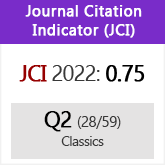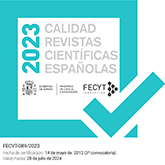La canción rodia de la golondrina y la cerámica de Tera
DOI:
https://doi.org/10.3989/emerita.1974.v42.i1.998Abstract
The song of the Swallow, attested by Athenaeus, which Rhodian children sung while collecting from house to house, is important for Greek religion and poetry. It has a choral part and then another part sung by the exarchon, who is identified as the swallow. Probably the song is related to a ritual where the “swallow”, which arrives in Spring, unites in “hieros gramos” with a woman of the country. The song has preserved, in ludic from, elements of a song of “welcome” as well as of a “paraclausithyron”: its erotic charter is without any doubt. The song is compared with similar songs in Greece and the author proposes, for the fresco of the swallow and several vessels decorated with swallows found in Tera, a relation with a cult of the swallow, from which the song would proceed in last instauce.
Downloads
Download data is not yet available.
Downloads
Published
1974-06-30
How to Cite
Adrados, F. R. (1974). La canción rodia de la golondrina y la cerámica de Tera. Emerita, 42(1), 47–68. https://doi.org/10.3989/emerita.1974.v42.i1.998
Issue
Section
Articles
License
Copyright (c) 1974 Consejo Superior de Investigaciones Científicas (CSIC)

This work is licensed under a Creative Commons Attribution 4.0 International License.
© CSIC. Manuscripts published in both the printed and online versions of this Journal are the property of Consejo Superior de Investigaciones Científicas, and quoting this source is a requirement for any partial or full reproduction.All contents of this electronic edition, except where otherwise noted, are distributed under a “Creative Commons Attribution 4.0 International” (CC BY 4.0) License. You may read here the basic information and the legal text of the license. The indication of the CC BY 4.0 License must be expressly stated in this way when necessary.
Self-archiving in repositories, personal webpages or similar, of any version other than the published by the Editor, is not allowed.














